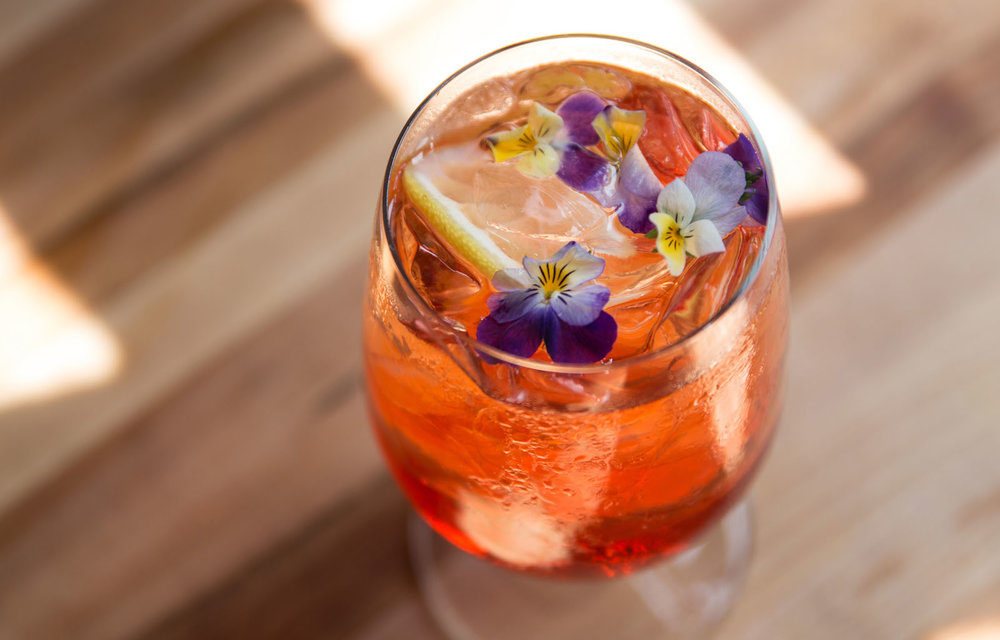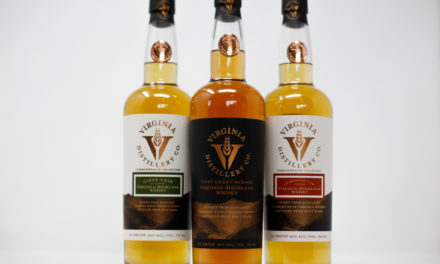
Brian Masilionis, Southern Glazer’s Wine & Spirits
Innovation is key to a successful beverage program. To discover how trend-forward beverage programs are piquing consumer appeal and driving cocktail sales, Southern Glazer’s Wine & Spirits, North America’s largest distributor of beverage alcohol, set out on its second annual fact-finding flavor trends tour. The tour included visits to 80 forward-thinking cocktail restaurants and bars in New York; Los Angeles; Chicago; Kansas City, Mo.; and Dallas. After ordering close to 400 cocktails across these red-hot markets, the company identified four key trends driving innovation in the cocktail category.
- Bartenders sweet on bitters. Historically featured as after-dinner drinks or as accent flavors, amari and bitters are experiencing increased popularity due to their ability to tone down drinks that are too tart or too sweet by adding a bitterness that helps bring these flavors back into balance. One of the mostly broadly used amari is Aperol—a bitter orange liqueur that not only adds astringency and bitterness, but also a wonderful color. Amaro Nonino is another amaro making waves; it’s grappa-based and infused with herbs, roots, and spices. Angostura bitters, historically relegated to accent ingredient status, is also making its way to the forefront in cocktails.
- Wine-based cocktails. Wines lend themselves well to cocktail development while reducing the need to add excessive amounts of alcohol (that can make a drink too boozy) and can add a softer sweetness than syrups. These include fortified wines like ports and vermouths; subtle nutty or creamy sherries; crisp and clean red and white wines; and sparkling wines for bubbly texture. And red wine, traditionally just for sangria, is being used to create colorful, flavorful cocktails at some of the country’s most innovative watering holes.
- Garden to glass. Bartenders are creating unique twists on familiar cocktails by incorporating vegetable flavors such as cucumber, celery, peppers, and peas. Some are leveraging spirits that have vegetal characteristics, such as Green Chartreuse or its milder, slightly sweeter, lower-alcohol cousin, Yellow Chartreuse. Aquavit, a spirit often infused with caraway and dill, is also being used to add vegetal flavor. Using vegetables and vegetal spirit ingredients adds fresh, bright flavors and, sometimes (as with red and yellow bell peppers, beets, and snap peas), can impart unique, vibrant colors.
- The buzz about coffee and tea. Coffee and tea as cocktail ingredients have become so popular that entire concepts have opened around them. They’re being leveraged for their smoothness, earthiness, subtle smokiness, and other flavor tones—as well as for their strong backbone, which stands up to more assertive spirits. While cold brew primarily delivers a singular flavor profile, teas from around the world offer versatility and more nuanced flavors. These range from the subtle and delicate aromas of white tea; slight bitterness of many black teas (or subtle smokiness of Lapsang souchong); roasty notes from green teas like houjicha; soft, grassy flavors in matcha tea; or the range of flavors and aromas of oolong tea. Then there’s the incredibly diverse flavors extracted from herbal and floral teas including hibiscus or chamomile.
Regardless of the specific flavor trend, consumers continue to expect more complex and layered flavors in cocktails. They want to be surprised and delighted—albeit within a comfortable framework. This explains why some of the most successful on-premise programs start with a classic cocktail as a base, then use an ever-expanding range of ingredients to make the drink more interesting. The results can keep a beverage program on the leading edge of cocktail trends.
Brian Masilionis, a certified specialist of wine and spirits from the Society of Wine Educators, is director of national accounts on-premise for Southern Glazer’s Wine & Spirits, North America’s largest wine and spirits distributor, and the preeminent data insights company for alcoholic beverages. Contact him at brian.masilionis@sgws.com.











